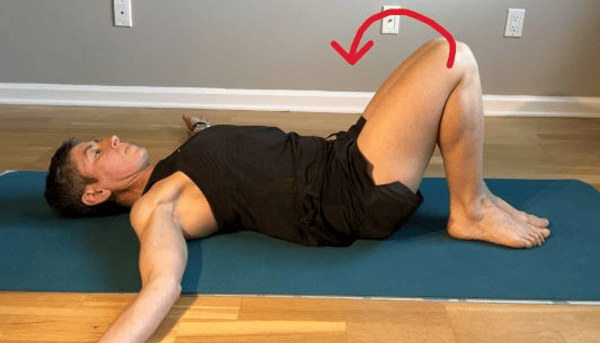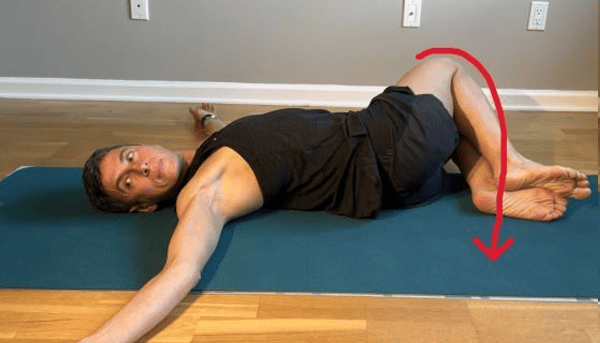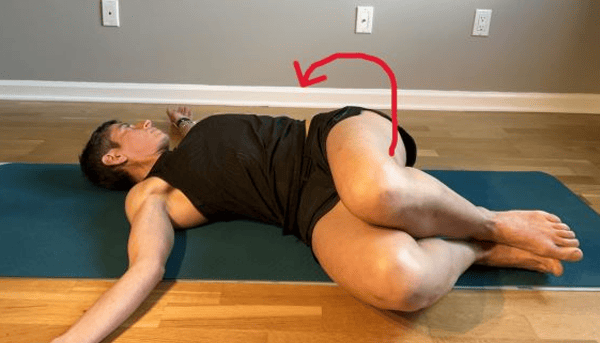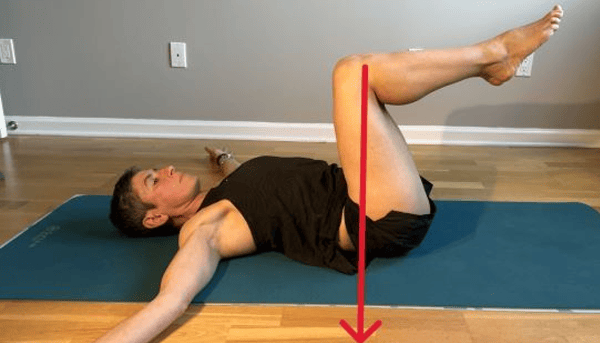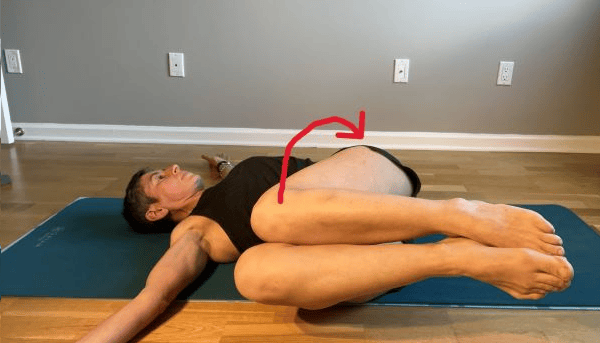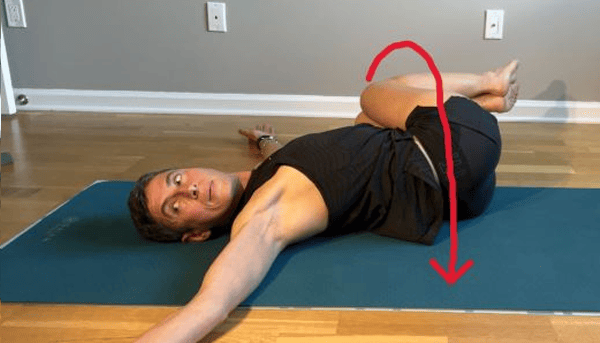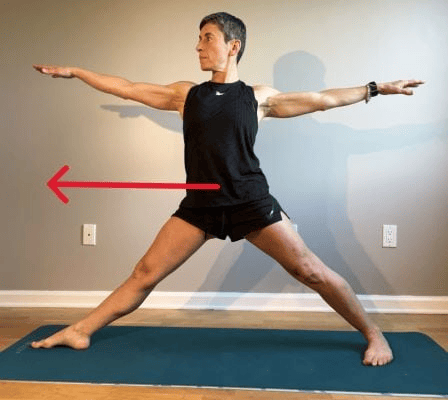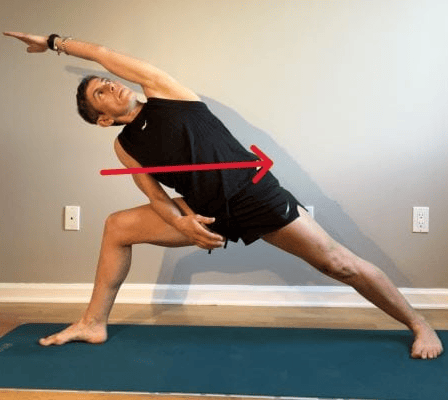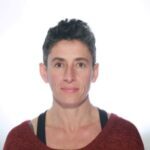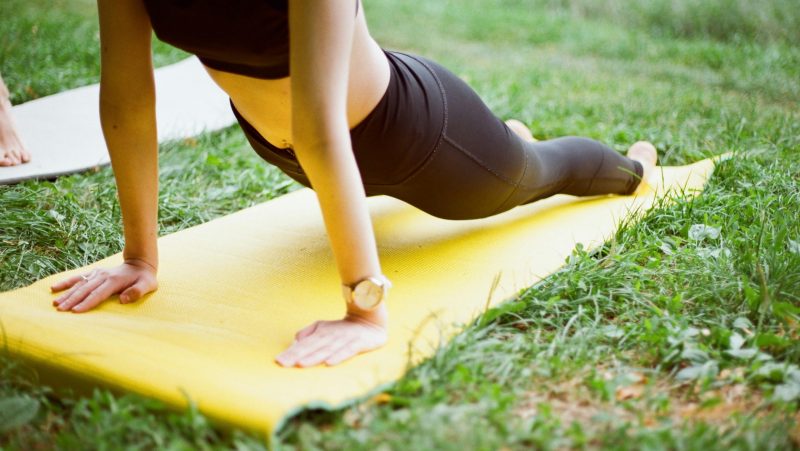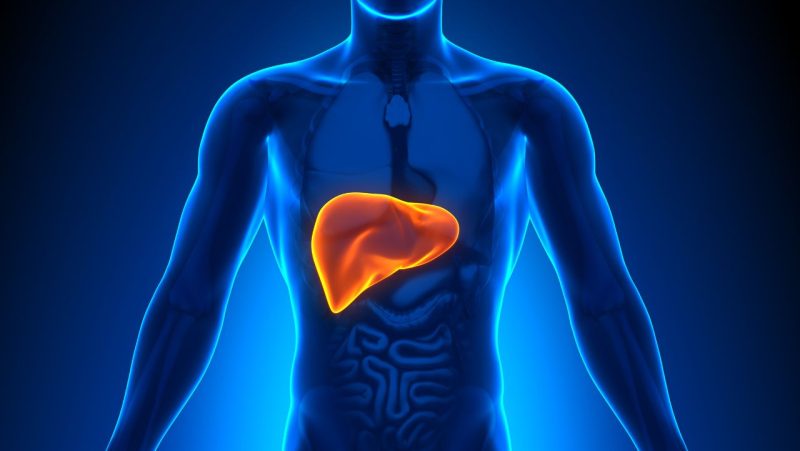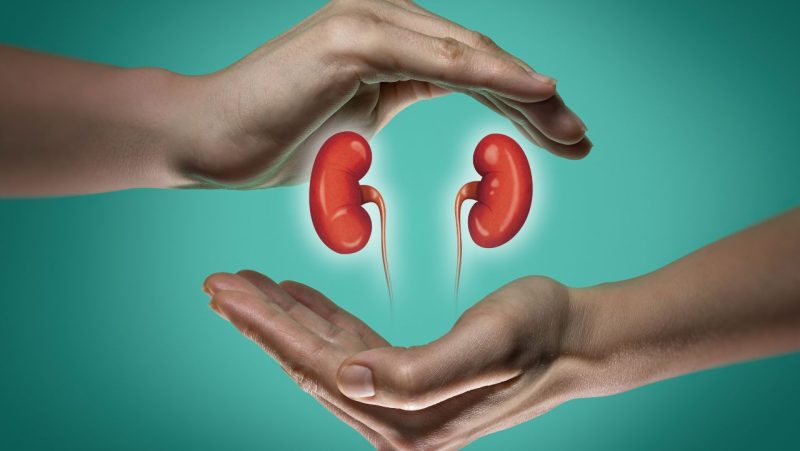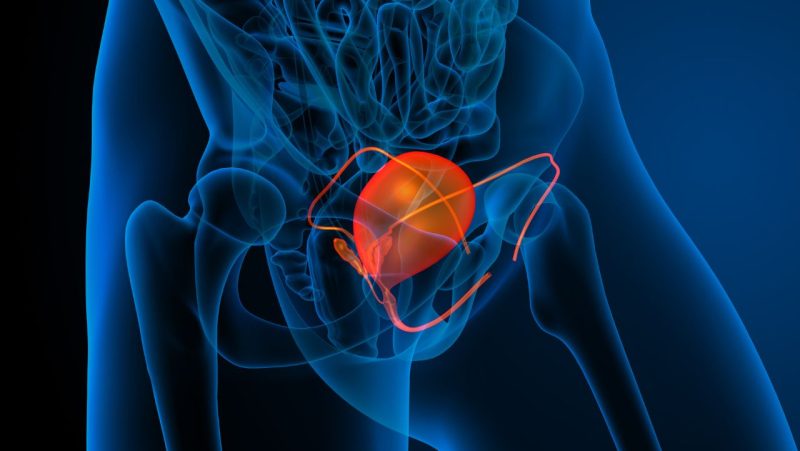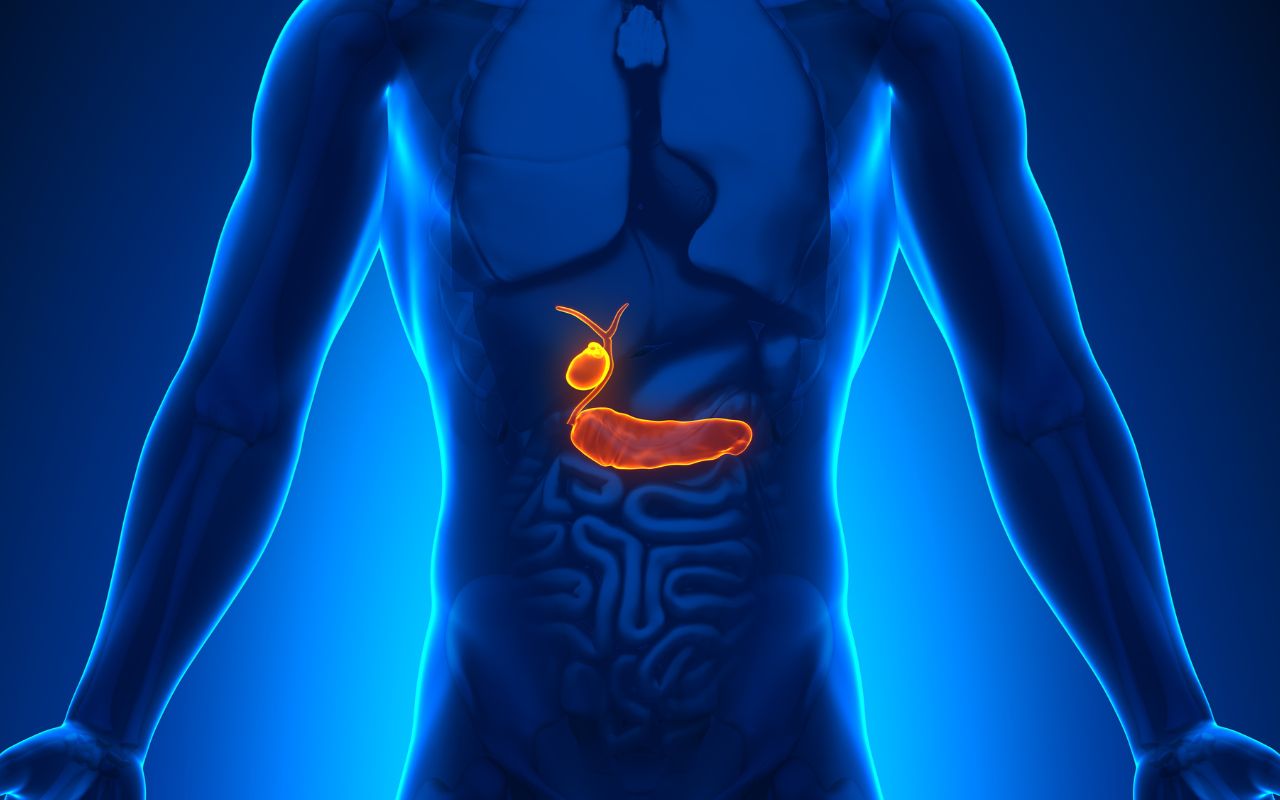
How to balance your gallbladder meridian through yoga
Bringing balance to the gallbladder meridian through yoga poses. By Micaela Maddedu
An imbalance in the gallbladder meridian can present as depletion (meridian is empty) or excess (meridian is full), how can we tell?
The gallbladder meridian is coupled with the liver meridian and as such is influenced in a similar way (see the article on ‘How to bring balance to your liver meridian through yoga’).
A gallbladder meridian in excess will present, from an emotional point of view, as a recurrent tendency to make rash decisions and bitter remarks; from a physical point of view, it will manifest as recurrent headaches, eyes and vision problems, acid reflux and sciatica pain. On the other hand, a gallbladder meridian that is empty will show, emotionally, as an incapacity to make decisions, and, physically, as a stiff neck, dizziness, leg weakness and numbness.
To understand how to treat the meridian it is useful to have an idea of the path it takes around the body. It starts near the eye (on the side) and runs up and down the top and back of the head a few times, then travels down the neck to the front of the shoulders to then zig-zag its way down the side of the torso, the hip and leg until it gets down to the fourth toe.
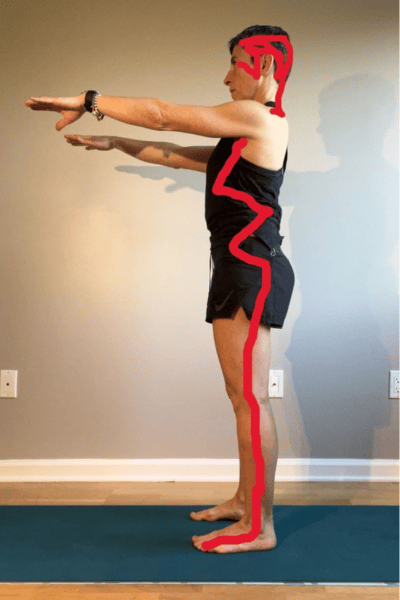
How can we bring balance to the meridian? If you think the meridian is in excess or full try these poses, work on them passively to disperse some of the excess energy. Hold each pose for 8-10 breaths, do not force or try hard, just allow yourself to surrender into it, using the breath to calm the body and the mind.
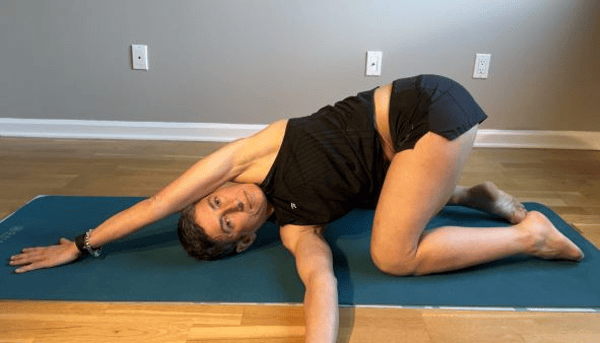
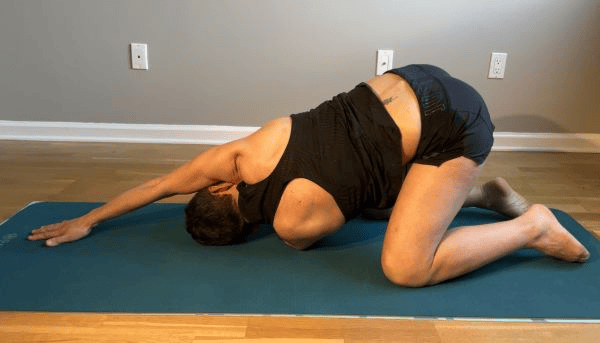
- Thread the needle in child pose. Set yourself in child, kneeling back on your heels and allowing the body to fall forward on the legs (use a bolster between your legs if the pressure on knees or feet is too much), reach one arm forward while with the other arm, you reach underneath the body to the opposite side. Hold and surrender into the pose using the exhale to let go. When you have completed the breaths cycle, return to child pose and give yourself time to listen, do you feel any change, physical or emotional? Repeat on the other side.
- Hip rolls supine. Lie on your back with knees bent and together, arms out wide, let the hips roll to one side maintaining the knees together and the shoulders on the mat. Complete your 8-10 breaths then return to centre and listen to your body before turning the hips to the other side.
If you think the meridian is empty or depleted then active practice is what we are looking for. We want to charge the meridian by actively engaging the muscles that run along its path. Try these poses:
- Hip rolls supine. It is the same pose we used to treat the meridian in excess, the difference is this time we will not hold but actively rotate from side to side and the legs will lift toward the chest. Inhale to prepare, exhale to rotate right, inhale to come back to centre and exhale to rotate left; repeat five to ten times on each side. Do not let your feet/legs touch the floor when you twist to the side. If you find that this is too much for you currently, then do the same but keep the feet on the floor. Always stop and listen when you are done. Do you feel any change?
- Extended side angle pose. Standing with feet two to two and half feet apart, turn the right foot completely out while the left just slightly in; inhale to prepare and as you exhale lunge towards the right, windmilling the arms so that the left arm end up by the side of the head, your right arm can rest on the right thigh or reach towards the mat; exhale back to standing, repeat five to ten times. Keep the torso over the thigh as you lunge and make sure you are facing forward and not down, check the knee stays above the foot does not twist inward or travel past the toes. As you complete on one side come back to mountain pose (stand tall with your legs closer together) and give yourself a little time to listen and compare. Repeat on the other side.

